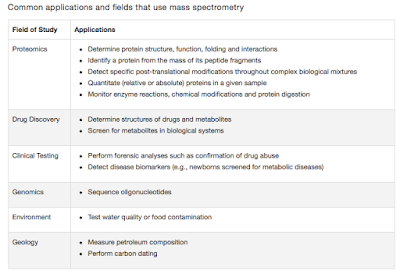Usutu virus
At least according to me flavivirus members are one of the most difficult to understand classification. Thats because, they have so many different types of viruses by their characters and too many different types. Almost every virus in this group has at least a part of its life cycle in an animal. Once in a while they pop up in a limited geographical region and are noticed by the global infection research community.
 |
| Photo 1: Eurasian blackbird (Turdus merula). Source |
One such virus which has recently grabbed some attention is Usutu virus. Usutu virus (USUV) is a member of flavivirus closely resembling Japanese encephalitis complex. It is a Group IV member, with + single stranded RNA genome. It was first identified in South Africa in 1959. USUV first came into significant notice in 2001 when there was a massive black bird mortality in eastern Vienna, Austria. Subsequently, this virus has been identified in several geographical locations. But until now, USUV was thought to be limited to bird population, except for 4 confirmed cases in humans ever to be reported. In a surveillance study, in Austria, 54 of 208 individuals tested positive for USUV-neutralizing antibodies, thus indicating exposure.
 |
Fig 1: Phylogenetic analysis of several members of the
JEV group and selected other mosquito-borne flaviviruses.
|
As a part of blood screening program in Austria, samples from July to August 2017, 12047 blood samples from donors in eastern Austria was screened for West Nile virus (WNV) infection. Of these 7 samples were found to be positive for WNV by nucleic acid testing. WNV positive samples were follow up tested by WNV- and Usutu virus (USUV)-specific RT- and RT-qPCR assays for confirmation, which showed that of the 7 positive, 6 were USUV positive only one was WNV positive. This was further confirmed using sequence analysis. Interestingly, none of these donors had or later developed any clinical symptoms.
Norbert Nowotny from Austria who is an author in the most recent paper on USUV comments, "Flavivirus-positive blood donations, both West Nile and Usutu virus positives are discarded and consequently do not pose any risk to recipients of blood donations. However, there are a number of European countries, in which West Nile virus infections did not yet occur but in which Usutu virus circulates. In these countries blood donations may not be screened for flaviviruses. On the other hand, blood recipients are frequently immunocompromised persons, in which an Usutu virus infection may result in severe disease. To increase awareness of this possibility was one of the main goals of our second study".
Considering that USUV seropositivity and genetic evidence of virus in healthy blood samples are found without any associated clinical symptoms it currently appears unlikely that this virus is significantly causing a human infection. But, given its close genetic relatedness to JEV and WNV, the virus can make a jump anytime, which is proposed to be monitored.
Reference:
Bakonyi T, Jungbauer C, Aberle S, Kolodziejek J, Dimmel K, Stiasny K et al. Usutu virus infections among blood donors, Austria, July and August 2017-Raising awareness for diagnostic challenges. Eurosurveillance. 2017;22(41).
Ashraf U, Ye J, Ruan X, Wan S, Zhu B, Cao S. Usutu Virus: An Emerging Flavivirus in Europe. Viruses. 2015;7(1):219-238.
Bakonyi T, Erdélyi K, Brunthaler R, Dán Á, Weissenböck H, Nowotny N. Usutu virus, Austria and Hungary, 2010-2016. Emerg Microbes Infect. 2017 Oct 11;6(10):e85. doi: 10.1038/emi.2017.72.





Comments
Post a Comment